B-2 crews break silence on secret mission into Iran
Fox News Digital gained rare access to Whiteman Air Force Base, where Col. Josh Wiitala and his crews revealed how seven bombers carried out the first combat use of America’s 30,000-pound bunker busters on Iran’s nuclear sites.
NEWYou can now listen to Fox News articles!
KNOB NOSTER, MO – Details from the longest large-scale B-2 bombing mission in history are only now coming into focus, as Fox News Digital gained rare access to Whiteman Air Force Base and the commanders who led Operation Midnight Hammer, striking Iran.
In interviews on base, Col. Josh Wiitala and his crews described how 4,000 personnel worked in secrecy to send seven stealth bombers on a 30-hour mission into Iranian airspace — the first time America’s 30,000-pound Massive Ordnance Penetrator was used in combat. They called the raid a flawless performance and offered vivid accounts of the strain, training and coordination required to pull it off.
"We have a low observable culture — everybody’s working in secrecy to carry out the mission," Wiitala told Fox News Digital, speaking publicly for the first time since the June strikes. "It was the entire team working together leveraging the lessons from years of exercises."
While thousands supported the mission through maintenance, munitions, operations and medics, 14 of the "several dozen" pilots trained on the B-2 stealth bomber ultimately traveled to enemy territory to drop the 30,000-pound GBU-57 Massive Ordnance Penetrators (MOPs) on Iran’s nuclear sites.
EXPERTS GAUGE SUCCESS OF 'BUNKER BUSTER' BOMBS DROPPED BY US ON IRAN NUCLEAR SITES
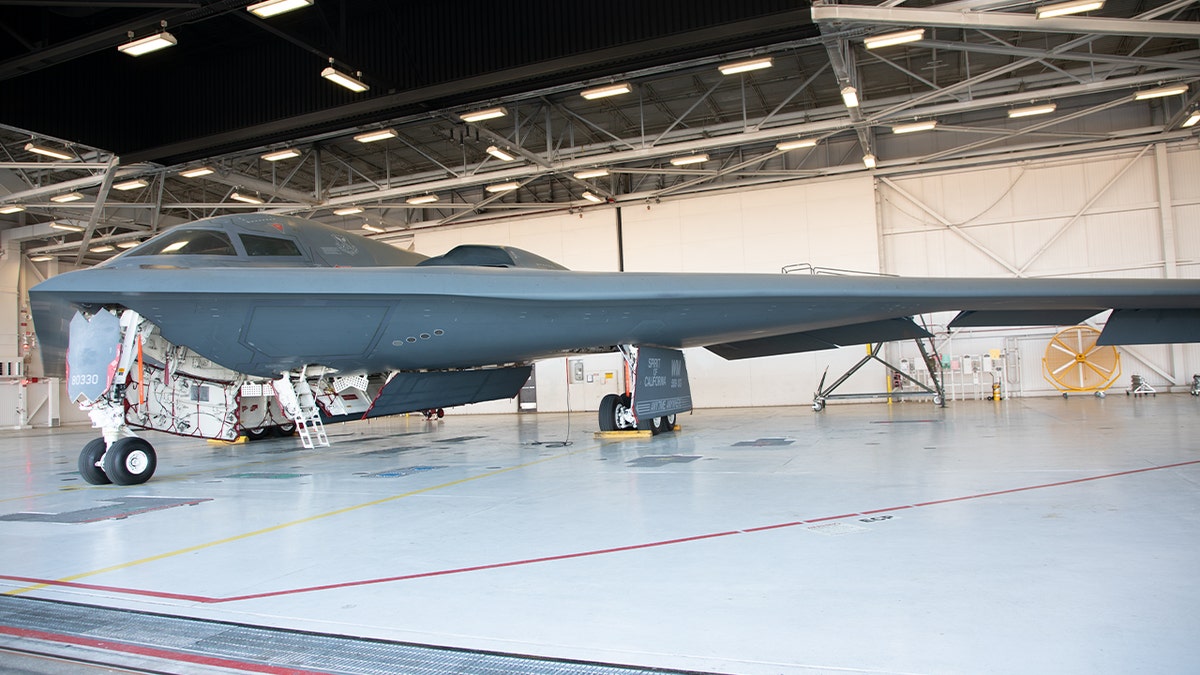
A B-2 bomber is seen at Whiteman Air Force Base on Sept. 8, 2025. (Morgan Phillips/Fox News Digital )
In deciding who went, Wiitala said he prioritized experience over everything else. "This team had flown Red Flag after Red Flag, major exercise after major exercise," he said. "I was watching the crews prepare, I was just thinking about how many repetitions they’d had, how long they’d trained for this. And it was a very seasoned crew."
The colonel would not discuss specifics such as how much notice the crew was given, whether electronic warfare or other countermeasures were used, or measurable evidence for why commanders believed the bombs hit their intended targets. Those details remain classified, leaving outsiders to rely on satellite imagery and independent assessments for verification.
Wiitala said the team that was selected was "fired up" to carry out the mission. "What I told them is, ‘I think this will be remembered as one of the most consequential raids of our lifetime.’ They absolutely understood the historic nature of the mission."
Pilots came home from the 30-hour mission "completely exhausted," according to Wiitala — it was the longest mission for a large-scale bombing attack with seven planes. Each aircraft had two pilots, and they took turns resting for 45 minutes to an hour at a time, particularly in between complex aerial refuelings. Some carted cases of energy drinks on board to stay alert.
The longest combat mission for any airplane was 44.3 hours, when pilots struck al Qaeda and Taliban targets after the Sept. 11, 2001, attacks. Rest periods consist of trying to get horizontal on the small patch of metal floor behind the pilot’s seats.
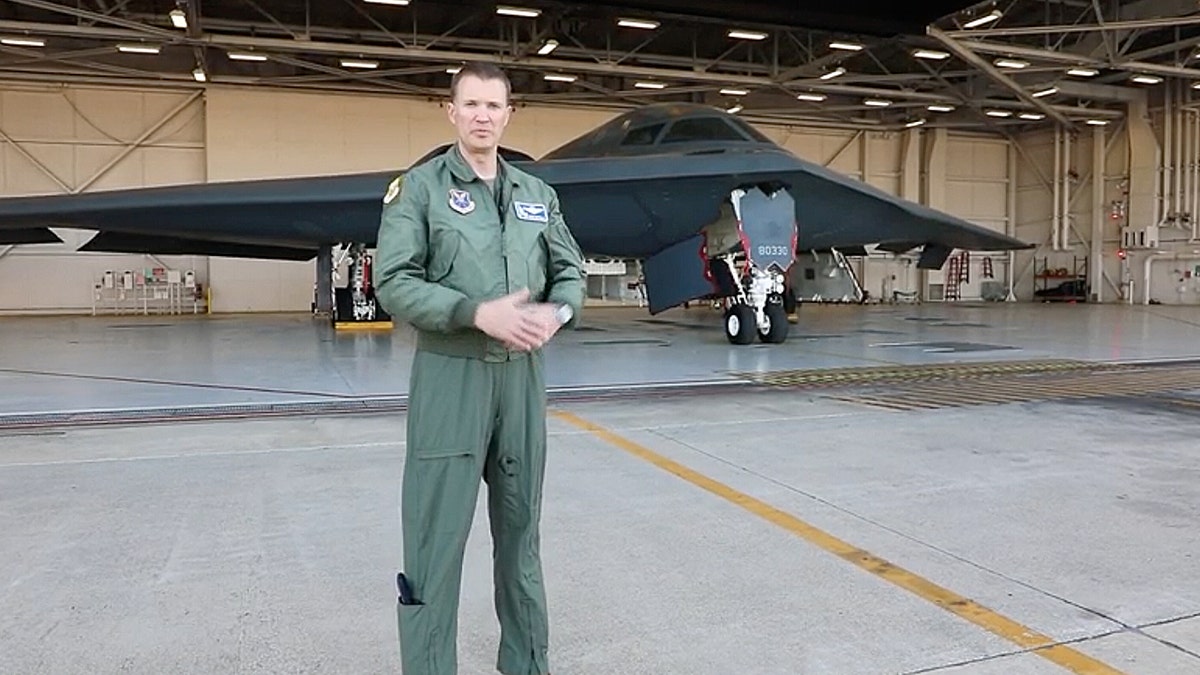
Col. Josh Wiitala speaks about piloting the B-2 stealth bomber during a Fox News Digital visit to Whiteman Air Force Base on Sept. 8, 2028. (Morgan Phillips/Fox News Digital )
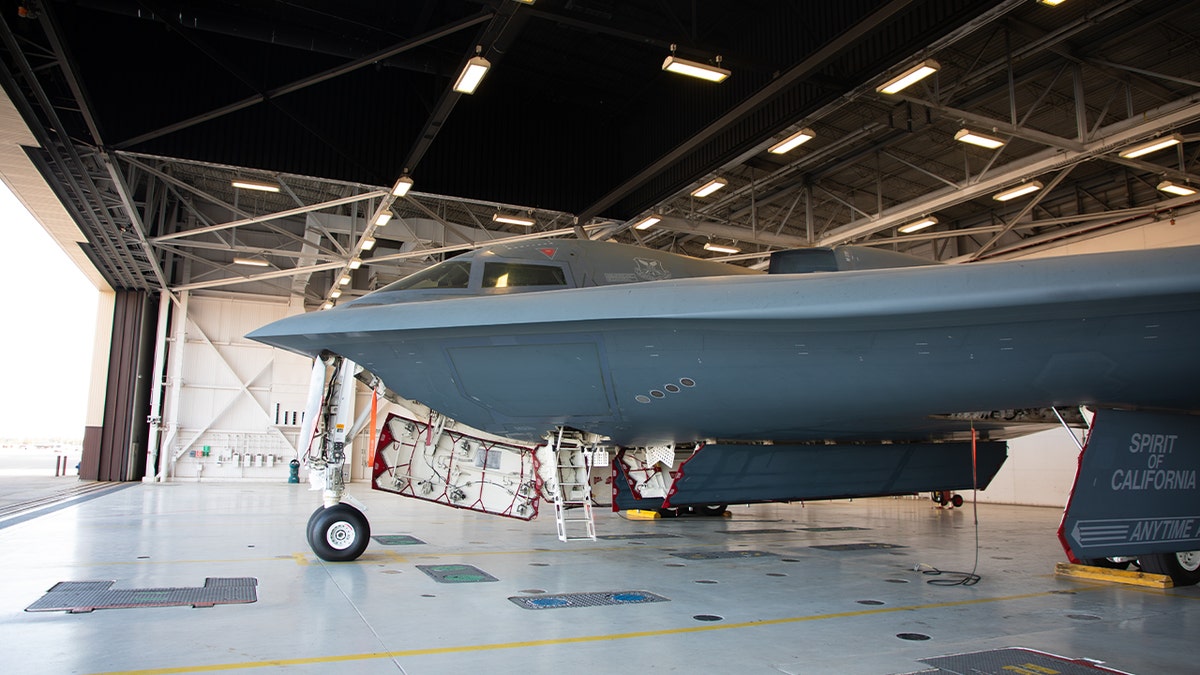
A B-2 stealth bomber on display at Whiteman Air Force Base, Sept. 8, 2025. (Morgan Phillips/Fox News Digital )
The aerial refueling, according to Wiitala, "is the hardest stick and rudder, hand-flying piece of what we do." The process consists of aligning as close as 10 feet below a KC-135, KC-10, or KC-46 tanker, where a hose and nozzle at the bottom of the plane attach to a fuel opening at the top of the B-2. The B-2 must fly parallel below the KC tanker for 15–30 minutes to take on a fuel load of up to 167,000 pounds.
Wiitala said the "biggest moment" of his 22-year career in the Air Force was when the pilots made it back safely. "When I knew the crews were safe, when I knew that they were in friendly airspace and they were safe. That was the biggest thing for me. In terms of mission success, it was 14 weapons on target. Again, it was just flawless performance. So I was incredibly proud of how they executed, incredibly proud of the whole, you know, all 4,000 people here across our hundreds of specialties supporting this mission and making it work."
The B-2 is the only long-range stealth aircraft that can carry the 30,000-pound bunker-buster bombs. But the $2 billion plane is aging: 20 of them have been in operation for close to 30 years. Combined with rapidly evolving air defenses — drone swarms, long-range surface-to-air missiles and sensors — the B-2 was built for an earlier generation of air combat.
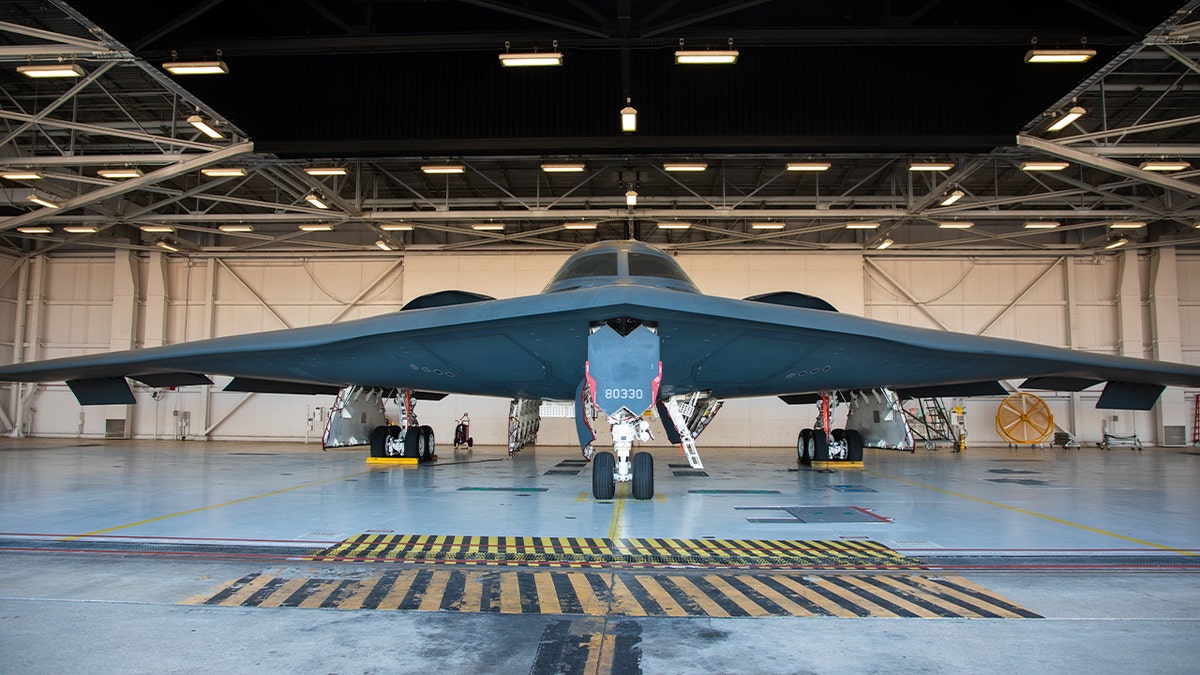
Head-on view of a B-2 stealth bomber at Whiteman Air Force Base on Sept. 8, 2025. (Morgan Phillips/Fox News Digital)
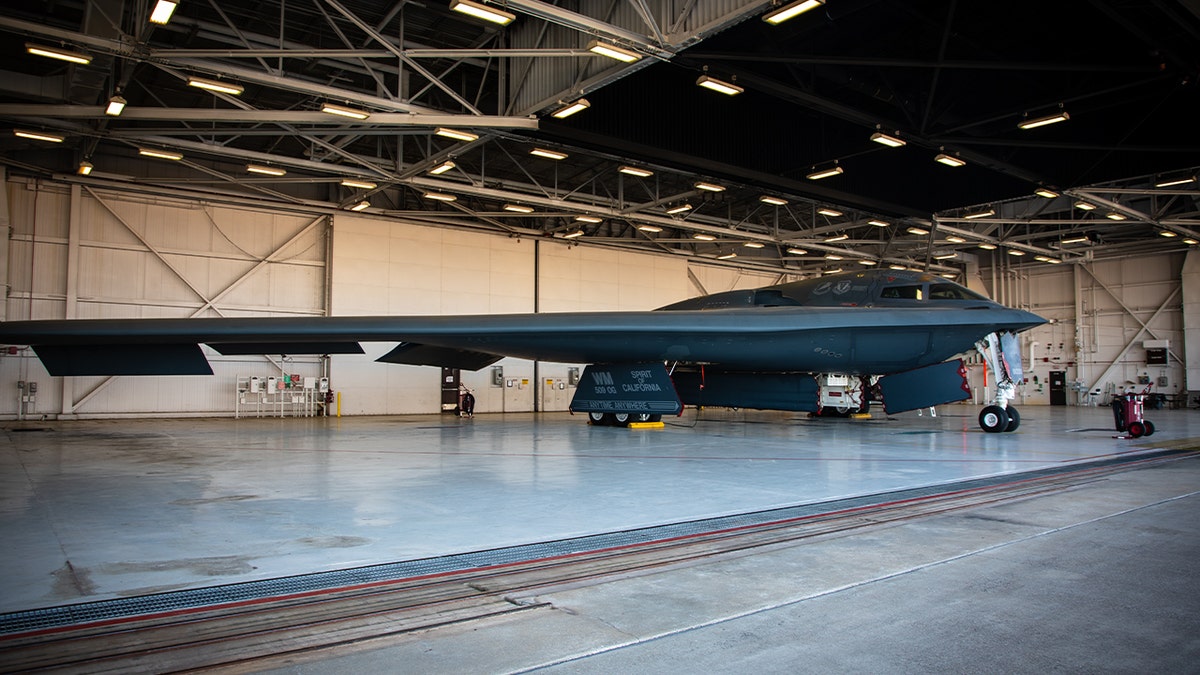
A B-2 bomber seen during the Fox News Digital visit to Whiteman Air Force Base, Sept. 8, 2025. (Morgan Phillips/Fox News Digital )
"We’re constantly evolving how we employ the airplane," said Wiitala. "It’s still a very effective aircraft, but the B-21 is the next step."
The B-21 is expected to be more cost-effective, under $1 billion per plane, and the Air Force plans to buy 175–200 of them.
The MOPs are stored on base along with 500-pound and 2,000-pound bombs. They are maintained to be ready for use at a moment’s notice. Weapons loaders train for 21 days to become certified in maintaining and loading the 30,000-pound bombs, which lock into the body of the plane at two steel touchpoints, according to Chief Master Sgt. Frank Espinoza, 509th Maintenance Group wing weapons manager.
Those who handle the weapons train every month on loading the ordnance for flight missions. When dropped, the weapons penetrate deep into the ground before exploding. Iran’s underground bunkers were the first combat targets for the weapons.
Fifteen years of testing and multiple iterations led to the combat-ready version of the MOP. The finalized version has now been tested for "several years," according to Espinoza.
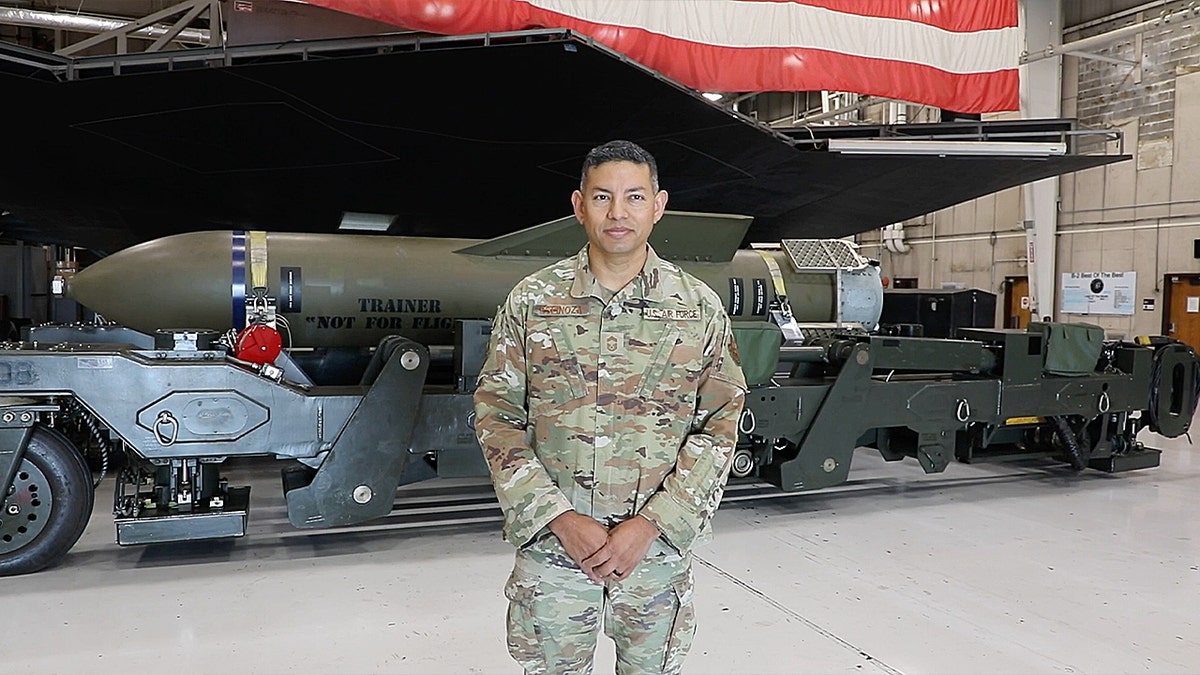
Maintenance chief Frank Espinoza explains how the Massive Ordnance Penetrator, or bunker buster bomb, is kept combat-ready. (Morgan Phillips/Fox News Digital)
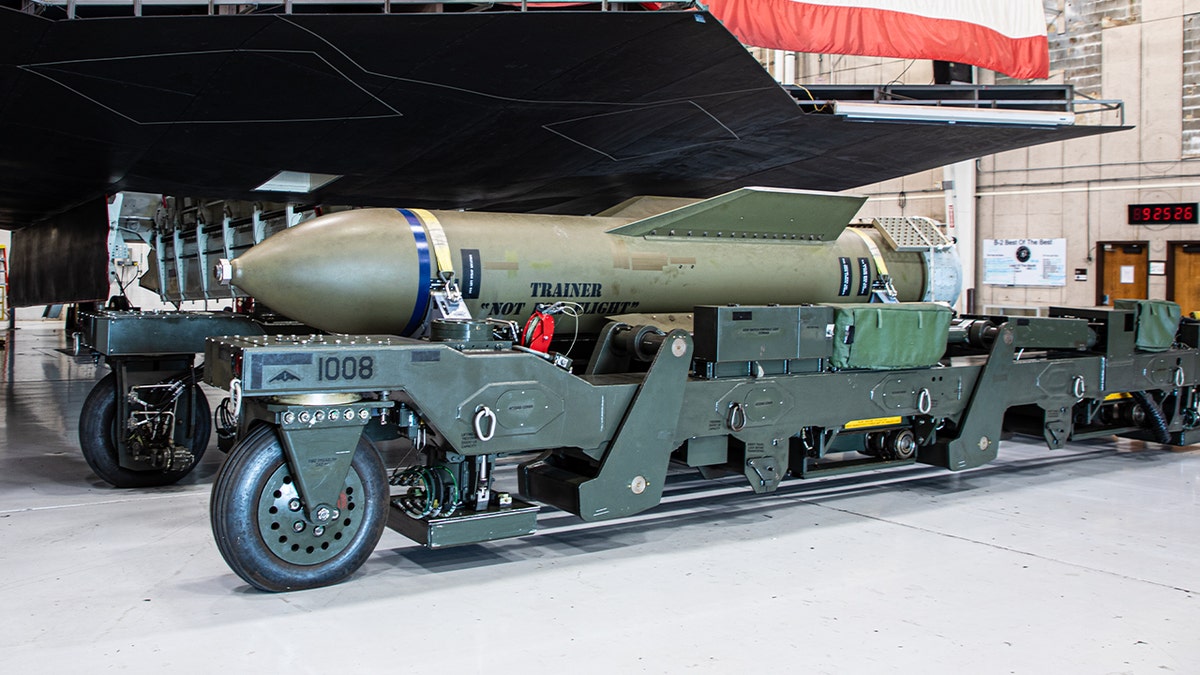
A Massive Ordnance Penetrator, known as a bunker buster bomb, at Whiteman Air Force Base, Sept. 8, 2025. (Morgan Phillips/Fox News Digital)
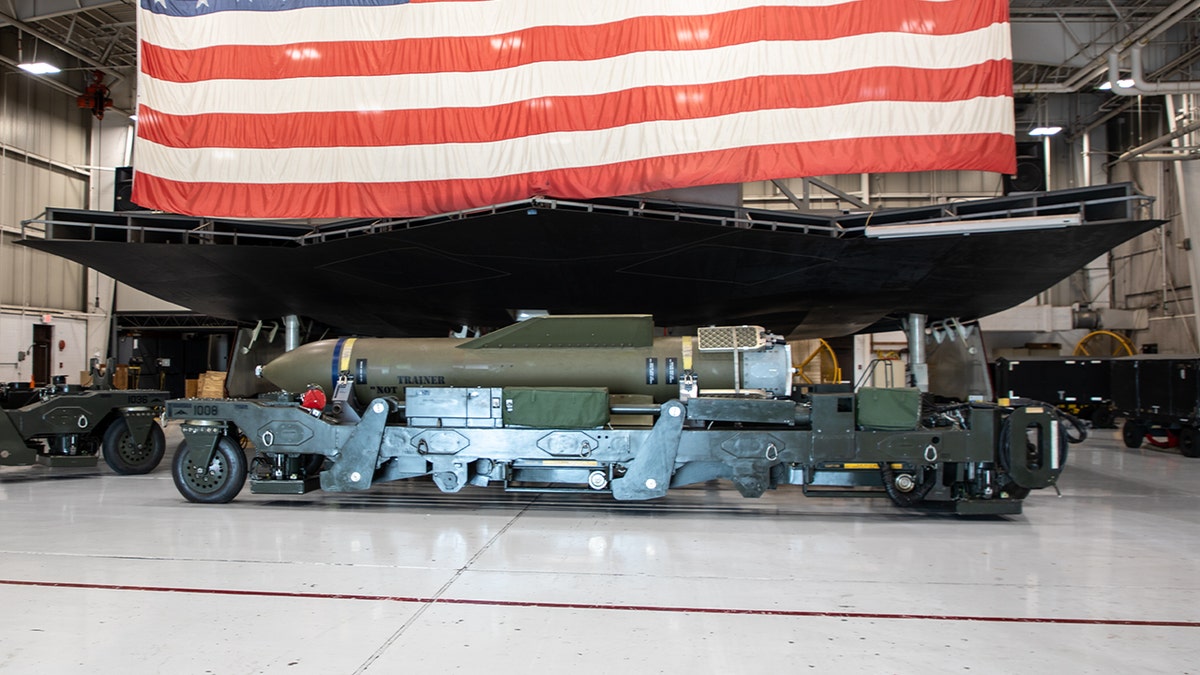
A 30,000-pound Massive Ordnance Penetrator on display at Whiteman Air Force Base, Sept. 8, 2025. (Morgan Phillips/Fox News Digital)
The bombs were dropped on targets across two Iranian nuclear facilities: 12 MOPs were dropped on the Fordow uranium enrichment plant, buried under 300 feet of rock, and two on the Natanz nuclear facility. Israeli airstrikes took out Iran’s air defenses, creating a ripe opportunity for U.S. bombers to enter Iranian airspace at relatively lower risk.
A recent assessment from nuclear weapons expert David Albright and a team of researchers analyzing data from the International Atomic Energy Agency (IAEA) found that after U.S. strikes, Iran has no path to produce weapons-grade uranium at any of its known centrifuge plants "for the first time in 15 years."
"The military attacks destroyed or made inoperative all of Iran’s installed centrifuges — almost 22,000 gas centrifuges — at Iran’s three enrichment sites," the analysis said. But the researchers noted it’s unclear how long it would take for Iran to acquire a nuclear weapon, since the country may have other centrifuges not yet in use and not destroyed in the strikes.
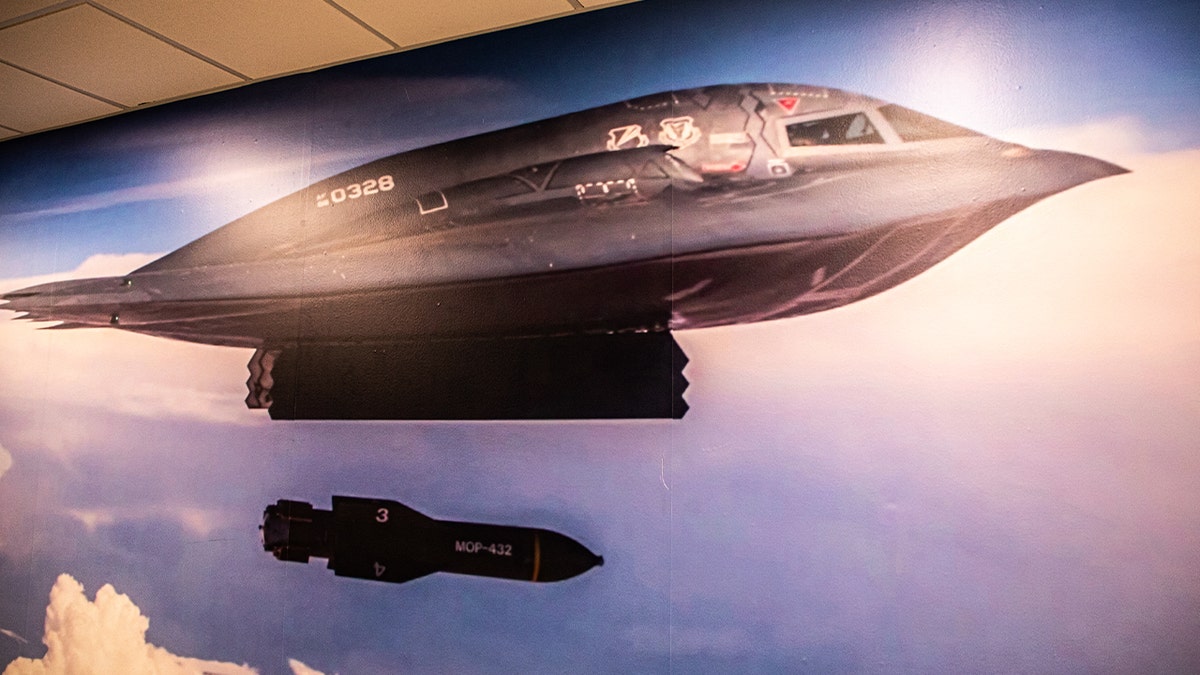
A mural at Whiteman Air Force Base depicts a Massive Ordnance Penetrator being dropped from a B-2 bomber. (Morgan Phillips/FoxNews Digital)
CLICK HERE TO GET THE FOX NEWS APP
President Donald Trump immediately proclaimed Iran’s nuclear program had been "completely and totally obliterated," though skeptics and opponents of the strikes voiced caution about declaring the mission a success before a final damage assessment was finished.
While Iran ceased cooperation with nuclear authorities as a result of the strike, its retaliation on U.S. military personnel has been muted. Tehran launched a strike on a U.S. airbase in Qatar, but notified both parties in advance. No one was injured in the counterstrikes.

 2 hours ago
3
2 hours ago
3

















































